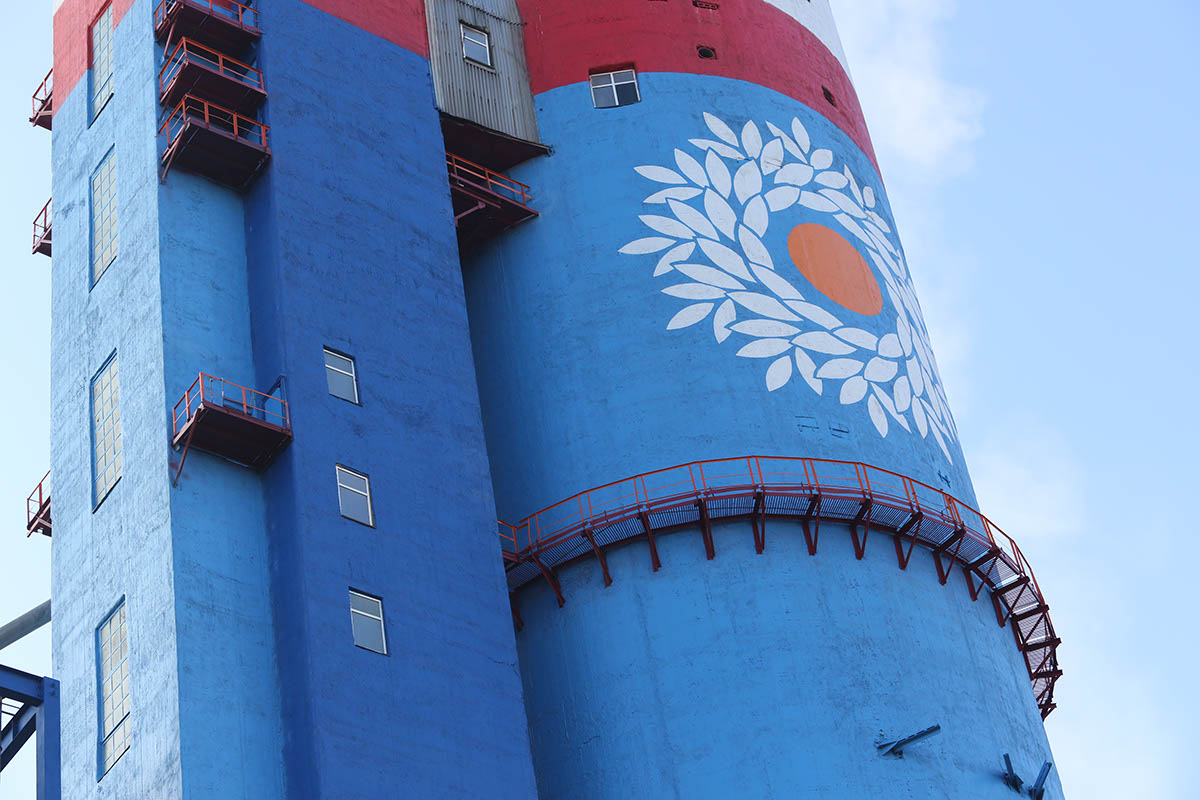
|
Group DF - international group of the companies, major investments are concentrated in the nitrogen, titanium and gas businesses. |
|
04 December 2020 PJSC “Azot” (Cherkasy) invested UAH 11.3 million in urea workshopPJSC “Azot” (Cherkasy), a member of Group DF nitrogen business, completed the first stage of M-2 urea plant upgrade. UAH 11.3 million was invested in the project that took 7 months to implement. As a part of the project, a new unit for processing and dissolving substandard urea (used for UAN production at later stages) was built and put into operation. Substandard urea represent prills sifted out in the process of urea production that do not comply with standards (DSTU) in terms of the size. Substandard urea is used as a liquid component in the UAN production. 
Transporting substandard urea from one workshop to another is a rather costly, laborious and time-consuming process. Previously, substandard urea, which was produced in M-2 workshop, was loaded onto railway cars to be transported through the territory of the enterprise and unloaded in M-6 workshop, where it was dissolved and sent through the pipelines for UAN production. Following the commissioning of a new plant for processing and dissolving substandard urea, the logistics have changed dramatically. Now the urea prills are immediately fed to the reactor of the new installation (in M-2 workshop), get dissolved, and the resulting solution is sent through the pipeline directly for UAN production. The new installation already operates in normal operation mode. In one cycle, it dissolves 10-12 tons of substandard urea prills. Three cycles are enough to process the daily amount of substandard urea. Over 1000 t of urea are produced in M-2 workshop per day, of which about 30 t are of substandard quality. The enterprise has two urea production workshops – M-2 and M-6 – with a total installed capacity of 2,000 t per day. Part of the melt urea is sent for the production of urea ammonium nitrate (UAN). The production capacity has been doubled in recent years and currently reach 3,000 t per day or 1 million tons of UAN per year. |